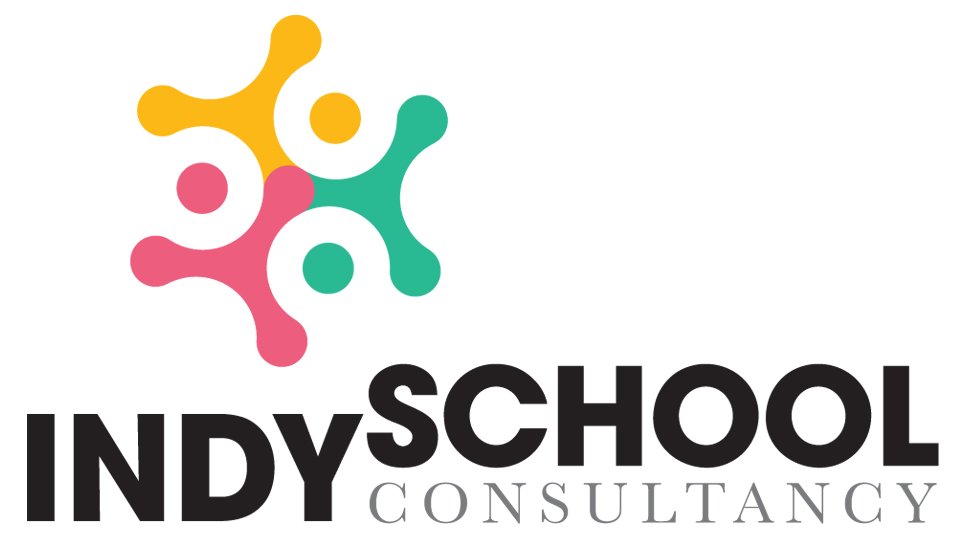Navigating the Changing Landscape of Senior Administrative Searches in Education
Written by Tim Viands, President, IndySchool Consultancy
Introduction:
The pandemic has brought about significant changes in the independent school landscape, particularly when it comes to senior administrative searches. At IndySchool Consultancy, we understand the importance of adapting to these changing tides and assisting schools and candidates in navigating this new reality.
The Shift in Timeline:
Traditionally, schools would begin their searches for Assistant Heads of School and Division Directors in late summer or early fall, with a second wave of searches occurring in the new year. However, due to the disruptions caused by the pandemic, schools are now announcing these searches much earlier, sometimes as early as spring, up to 14-16 months before the new hire is expected to join the school.
Broader Trends and Increased Turnover:
While the pandemic has accelerated this timeline shift, it is important to note that it is not solely pandemic-related. There has been a broader trend in the educational leadership landscape towards an expanded timeline for Head searches. This trend has led to more first-time Head appointments and an increase in turnover in senior administrative ranks.
Navigating a Continuous Search Cycle:
Candidates aspiring to advanced or expanded roles must now navigate a near-continuous search cycle. As one cycle concludes, the next one is already underway. This demands careful balancing of current leadership responsibilities while engaging in interviews with potential schools. Candidates need to constantly update their resumes and incorporate feedback from search communities to present themselves effectively.
Strategic Planning for Succession:
Schools must strategically plan for succession and address concerns about interim leadership and potential disruption during transitions. Building strong relationships with the leadership team and maintaining open communication are crucial for managing needs and expectations. Retaining talented leaders through expanded roles and identifying individuals within the community who can temporarily step up or serve as interim replacements can help maintain stability.
Opportunities for Internal Leaders:
The pandemic has provided an opportunity for internal leaders to showcase their capabilities beyond their current titles. Many individuals have stepped up and demonstrated their leadership skills in various ways. Recognizing this potential in individuals who have risen to the occasion can help identify future leaders within the organization.
The New Norm:
The extended timeline for the Head of School search cycle is expected to become the new norm. This trend in senior administrative searches is likely to continue growing in volume and regularity. Rising school administrators should stay vigilant and monitor the search market for opportunities, even as they conclude the school year and transition into summer. School Heads should maintain open conversations with talented team members and develop succession plans to mitigate unforeseen transitions.
Partnering with IndySchool Consultancy:
At IndySchool Consultancy, we understand the evolving landscape of senior administrative searches and are committed to helping schools and candidates successfully navigate these changes. With our expertise and strategic approach, we can assist schools in finding exceptional leaders who will drive their mission and vision forward.
Conclusion:
The pandemic has disrupted the timeline for filling senior administrative positions in the education sector, leading to changes in the search process. By being proactive, strategic, and adaptable, schools and candidates can successfully navigate these changes and find the right fit for their leadership needs. At IndySchool Consultancy, we are here to support and guide you through this evolving landscape.

